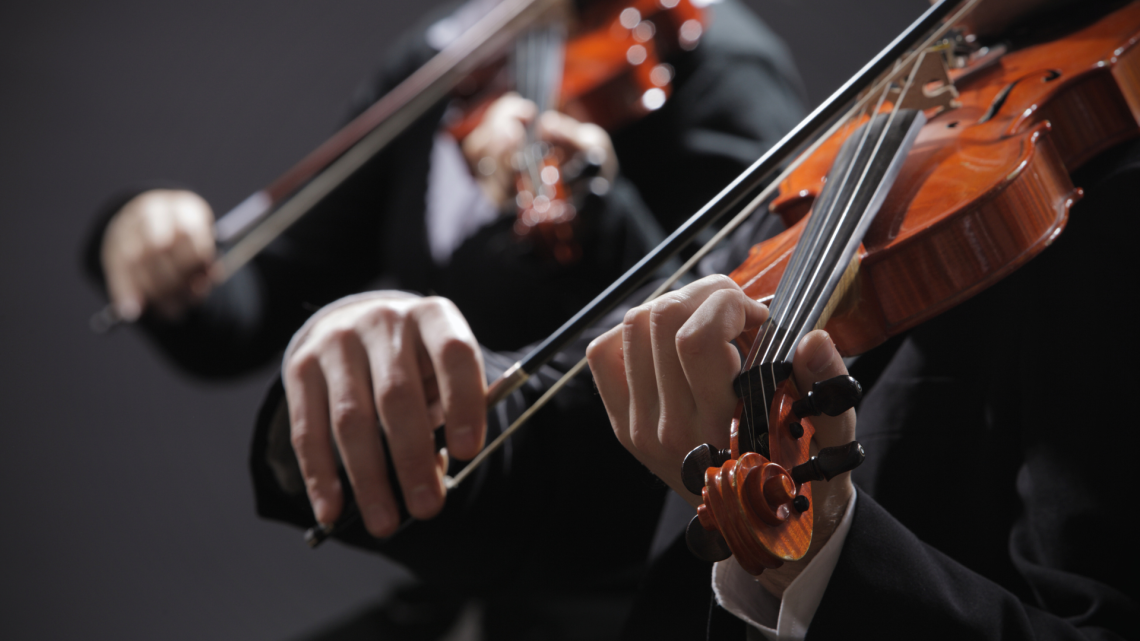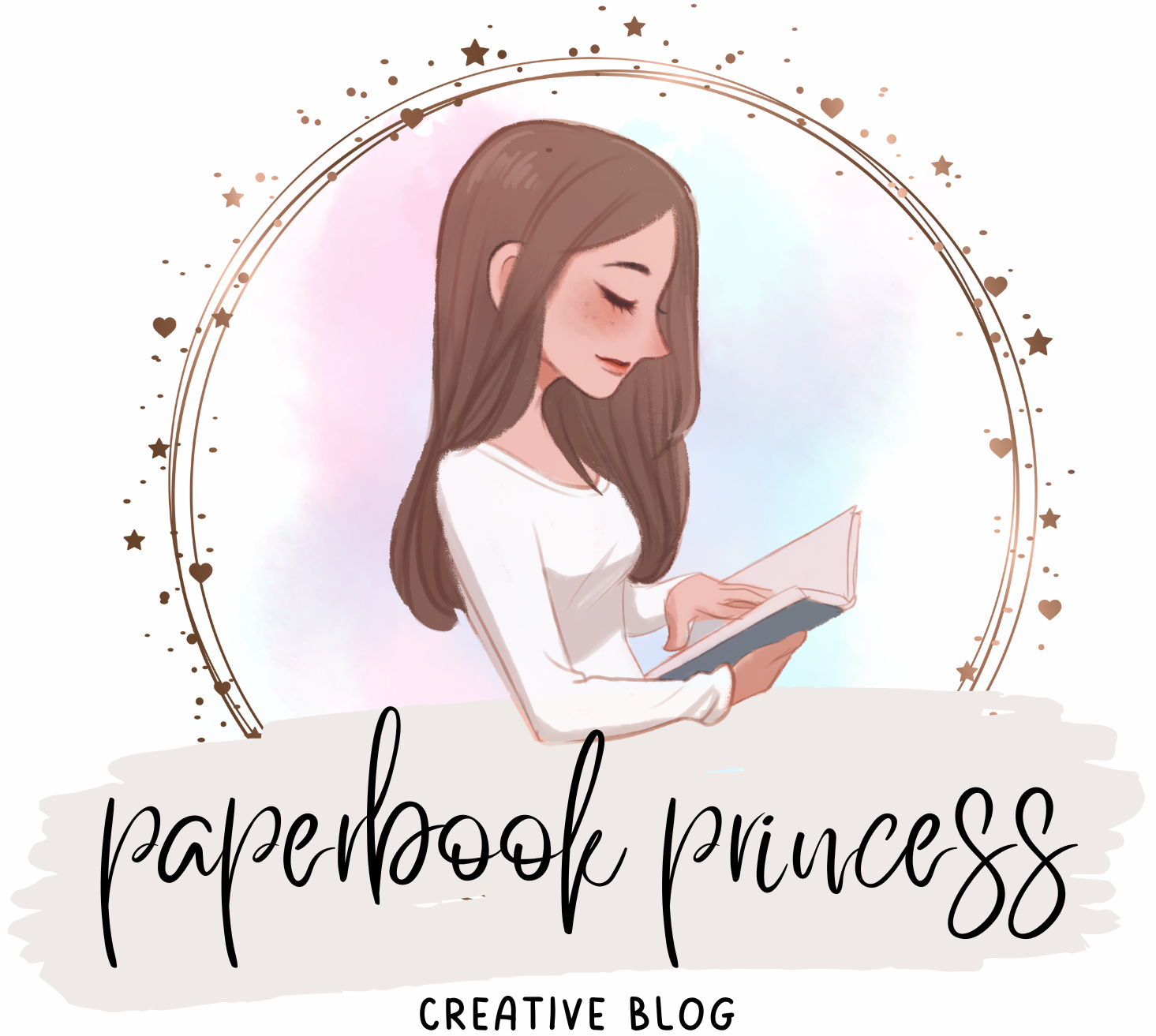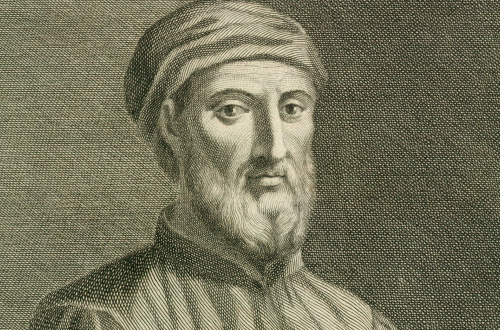
Classical vs Contemporary Music Composition: A Comparative Analysis of Techniques and Styles
Classical and contemporary music composition represent two distinct realms of creativity within the music history timeline. While classical music, rooted in traditions from the medieval period to the early 20th century, emphasizes structured forms and harmonic complexities, contemporary music often embraces innovation and improvisation. Understanding the differences in these compositions reveals how musical expression has transformed over time, affecting everything from instruments to styles.
Classical composers like Bach and Mozart focused on melody, harmony, and orchestration, laying the groundwork for countless musical principles still relevant today. In contrast, contemporary composers such as John Adams and Sofia Gubaidulina challenge traditional boundaries, incorporating technology and diverse cultural influences. This evolution showcases how music serves as a reflection of societal changes and personal expression across eras.
Exploring these two styles provides valuable insights into the artistic choices that shape music as a whole. The interplay of tradition and modernity enriches the listening experience, inviting audiences to appreciate the depth and breadth of musical composition. Understanding these dynamics can enhance one’s appreciation for both classical and contemporary music alike.
Historical Context and Evolution
The evolution of music composition reveals a transition from structured classical forms to experimental contemporary practices. Key periods reflect distinct styles and philosophies that shaped Western classical music and contemporary approaches.
From Renaissance to Romanticism
The Renaissance marked a pivotal shift in musical composition. Composers like Josquin des Prez emphasized harmony and counterpoint, evolving the polyphonic structure. This period laid the groundwork for the Baroque era, where figures like J.S. Bach introduced complex forms and ornamentation.
The Classical period followed, characterized by clarity and balance. Composers such as Mozart and Haydn refined sonata form and orchestral textures. The Romantic era, ushered in by composers like Chopin and Wagner, introduced emotional expressiveness, expanded harmonic language, and thematic development. This progression from strict forms to heightened emotionality defined Western classical music’s trajectory.
20th Century and Beyond
The 20th century saw dramatic shifts influenced by technological advancements and cultural changes. Minimalism emerged as a significant movement, with composers like Steve Reich and Philip Glass focusing on repetitive structures and tonality. This contrasted sharply with the complexity of earlier styles.
Avant-garde composers, such as Pierre Boulez, explored new techniques, rejecting traditional forms. Electronic music also gained prominence, leading to diverse genres and experimentation in sound. Contemporary music now encompasses various styles, from neo-classical to avant-garde, reflecting a broad spectrum of influences and cultural narratives. This era challenges conventions, pushing the boundaries of composition beyond previous norms.
Characteristics of Classical and Contemporary Composition
Classical and contemporary music compositions differ significantly in their harmonic structures, instrumentation, and the role of technology. Each style brings its unique elements that define its musical language and expression.
Harmonic and Melodic Structures
Classical compositions, such as those by Bach, Beethoven, and Mozart, often adhere to traditional harmonic structures. They utilize established chord progressions and modulations within a tonal framework. Melodies are typically clear and easily recognizable, often featuring intricate counterpoint.
In contrast, contemporary music may explore dissonance and atonality. Composers like John Adams often employ unconventional harmonic techniques. Contemporary melodies can be more abstract, utilizing minimalism or motives that evolve gradually over time. These variations in harmony influence the emotional impact and listener engagement.
Instrumentation and Form
Instrumental resources in classical music are defined by orchestral arrangements and established forms like sonatas and symphonies. The orchestras of composers like Beethoven leverage strings, woodwinds, brass, and percussion to achieve rich textures and dynamic contrasts.
Contemporary composition may embrace both traditional instruments and electronic sounds. Many contemporary works experiment with non-traditional forms, allowing for innovative structures and spontaneous compositions. This flexibility in instrumentation and form enables composers to convey new ideas and emotions.
Role of Technology and Innovation
Technology plays a pivotal role in contemporary music, shaping the way composers create and distribute their work. Digital audio workstations and software like MIDI facilitate experimentation with sound design and effects.
Classical music primarily relies on acoustic performance and notation. While technology influences its preservation and accessibility, it does not redefine its core composition methods. Contemporary music, however, thrives on innovation, often blurring the lines between genres and using technology as an integral part of the compositional process.
Notable Figures and Works
This section highlights influential composers from both classical and contemporary music, showcasing their key contributions and renowned works.
Masters of Classical Music
Prominent classical composers shaped the foundations of Western music. Johann Sebastian Bach exemplified intricate harmonies and counterpoint in works like The Well-Tempered Clavier and Brandenburg Concertos. His music remains a benchmark for technique and expression.
Ludwig van Beethoven revolutionized the symphonic form with pieces such as his Symphony No. 9. He introduced emotional depth, bridging the Classical and Romantic eras. Wolfgang Amadeus Mozart contributed significantly to various genres, including operas like The Magic Flute and symphonies that are celebrated for their melodic beauty and structural clarity.
These composers set standards that continue to influence musicians today.
Pioneers of Contemporary Music
Contemporary music reflects a wide array of styles and experimentation. Pierre Boulez was a leading figure in avant-garde music, incorporating complex structures in works like Le Marteau sans Maître.
John Adams, known for blending minimalism with traditional forms, achieved acclaim with operas such as Nixon in China. He has garnered multiple awards, including the Pulitzer Prize for Music.
Other living composers are also significant, contributing to the evolution of music. Kaija Saariaho and Thomas Adès explore new textures and sounds, pushing the boundaries of musical expression. Each of these figures plays a crucial role in the ongoing narrative of music composition.
Cultural Impact and Music Appreciation
The relationship between classical and contemporary music composition significantly shapes cultural expressions and music appreciation today. Each musical genre influences listeners and performers uniquely, transforming musical tastes and educational approaches.
Influence on Popular and Jazz Music
Classical music has profoundly influenced popular and jazz music through harmony, structure, and instrumentation. Many contemporary artists draw inspiration from classical composers to create innovative arrangements and melodies.
For instance, jazz musicians often incorporate classical techniques, such as counterpoint and complex time signatures, into their improvisations. This blending enriches jazz, allowing it to evolve while honoring its roots.
Similarly, pop music increasingly borrows themes from classical works, enabling rich collaborations. Artists like Vanessa-Mae and 2Cellos successfully bridge the gap between classical techniques and mainstream popularity.
Classical Music in Modern Times
In contemporary settings, classical music maintains its relevance through innovative performances and reinterpretations. It is often presented in diverse formats, including festivals, multimedia projects, and even film soundtracks.
Orchestras are now collaborating with popular artists, enriching the traditional concert experience. This fusion helps attract younger audiences who may have previously overlooked classical music.
Recordings provide easy access to classical compositions, enhancing appreciation. Platforms like streaming services allow listeners to explore various composers and styles seamlessly from anywhere.
Educational Perspective and Musical Taste
Education plays a pivotal role in shaping musical taste and appreciation. Music programs increasingly incorporate a wide range of genres, exposing students to classical music alongside contemporary styles.
Structured listening experiences in classrooms help foster a deeper understanding of music’s emotional and historical contexts. Elementary through higher education emphasizes analysis and performance, enhancing students’ cultural literacy.
Furthermore, chamber music provides an intimate environment for budding musicians to explore classical concepts. This smaller setting promotes collaboration and personal expression, making classical music accessible and engaging for new audiences.





